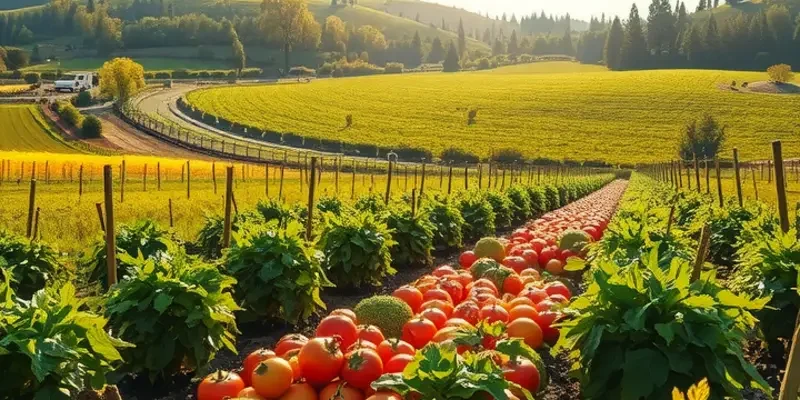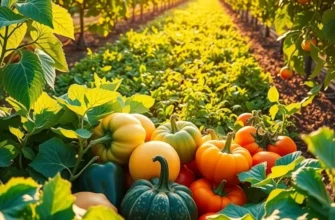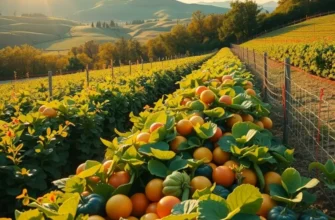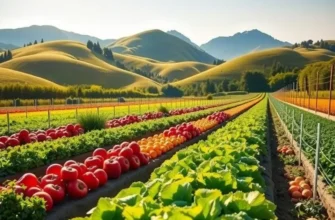For those committed to living an environmentally conscious life, food preservation represents a powerful opportunity to reduce waste, save money, and embrace sustainable practices. By employing eco-friendly techniques, individuals can prolong the shelf life of their food while remaining aligned with their values. This exploration of natural preservation methods highlights practical approaches that not only keep food fresh but also minimize environmental impact.
The Power of Fermentation: Flavorful and Sustainable
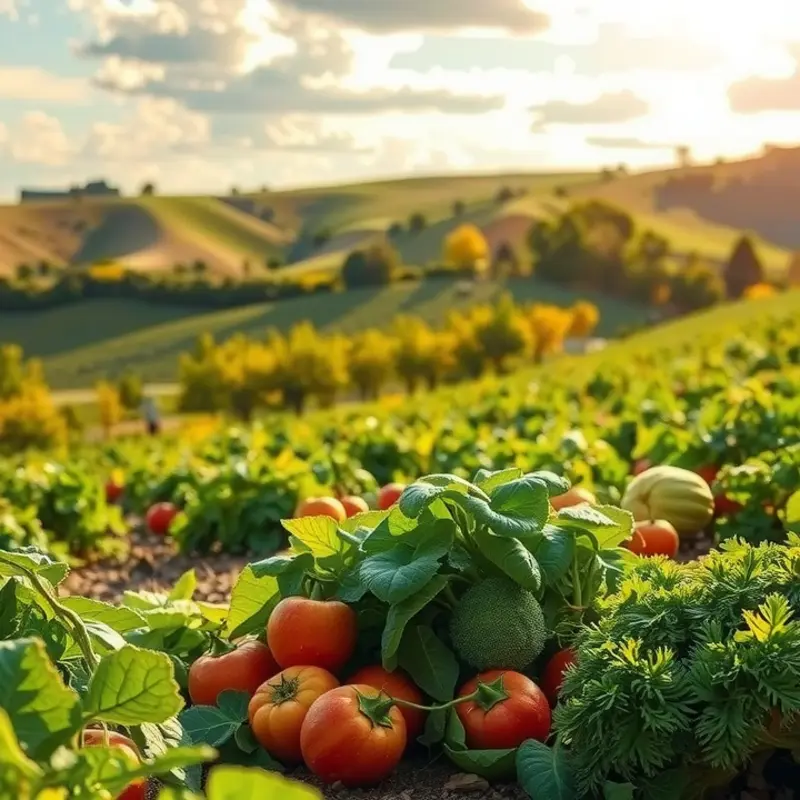
Fermentation transforms simple ingredients into complex flavors while enhancing nutritional benefits. This method relies on microorganisms like bacteria, yeasts, and molds to convert sugars and starches into lactic acid, alcohol, or other compounds. This process not only preserves food but creates a probiotic-rich environment, beneficial for gut health.
Vegetables, dairy, and even tea can undergo fermentation. One popular method is pickling vegetables, where lactic acid bacteria ferment sugars in the absence of oxygen. This method creates tangy, probiotic-rich foods like sauerkraut and kimchi. These fermented products offer a nutritional boost, provide beneficial bacteria, and reduce food waste by extending shelf life.
Creating your own yogurt is another simple fermentation process. By introducing live bacterial cultures to milk, lactose is converted into lactic acid, giving yogurt its characteristic flavor and texture. Yogurt is rich in probiotics, supports digestive health, and is an excellent protein source. By making yogurt at home, you can control the ingredients and enjoy a sustainable, additive-free product.
Kombucha, a fermented tea, has gained popularity for its unique taste and purported health benefits. Made by adding a symbiotic culture of bacteria and yeast (SCOBY) to sweetened tea, it undergoes fermentation over several weeks. The result is a fizzy, tangy drink rich in probiotics and antioxidants. Brewing kombucha at home allows for flavor customization and reduces packaging waste often associated with store-bought versions.
Safety in home fermentation is crucial. It’s essential to maintain a clean environment and use sterilized equipment to prevent contamination. Ensure you follow recipes with precise measurements and monitor the pH levels, especially with foods like pickled vegetables, which should have a pH below 4.6 to inhibit harmful bacteria.
For more insights on minimizing food waste during meal prep, visit low-waste cooking ideas. Embracing fermentation not only enhances flavor but offers a sustainable, nutritious way to preserve food.
Natural Dehydration: A Time-Tested Technique
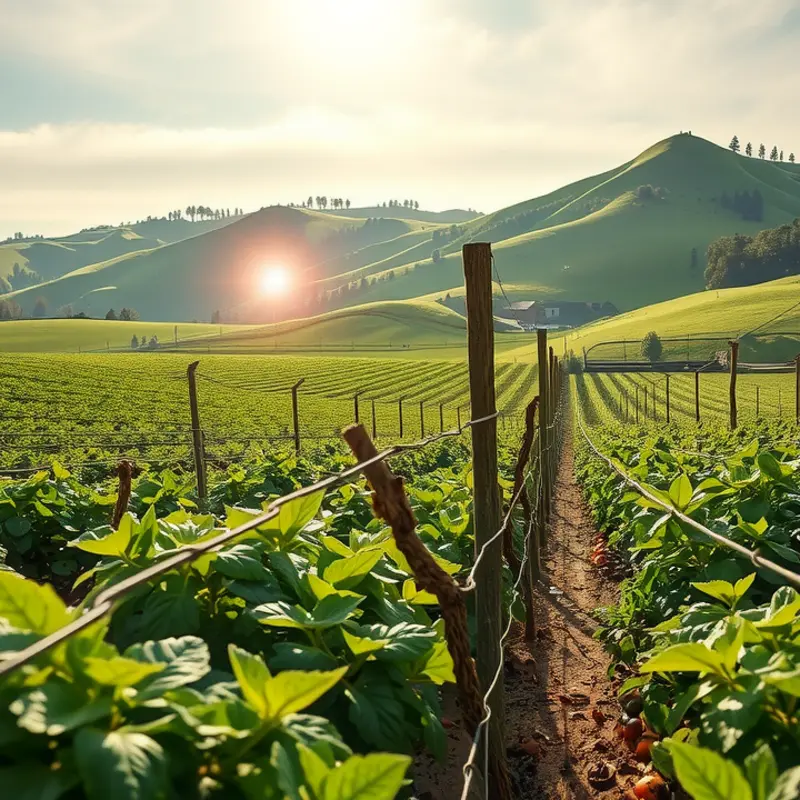
Dehydration has been used for centuries to preserve food, harnessing simple techniques to keep produce fresh for extended periods. This method not only retains nutritional value but also reduces food waste, aligning with sustainable living practices.
Preparation for Dehydration
Start by selecting high-quality produce free from blemishes. Wash and dry fruits, vegetables, or herbs thoroughly. For fruits and vegetables, slicing them uniformly ensures even drying. Some foods, like apples and potatoes, may benefit from a quick blanching or lemon juice dip to prevent browning. Herbs can be dehydrated as whole sprigs or leaves.
Air Drying
Air drying is one of the simplest forms of dehydration. Suitable for herbs, it involves bundling and suspending them in a well-ventilated area, away from direct sunlight. Ensure the space is dry to avoid mold. This method, while slow, preserves aroma and flavor natural to herbs.
Sun Drying
Sun drying utilizes the natural energy of the sun. Spread prepared slices on a clean surface, like a screened rack, to allow airflow from all directions. This technique works best in warm climates with low humidity. Protect food from insects by covering with a fine mesh.
Oven Drying
To use an oven for dehydration, lay food evenly on a baking sheet. Set the oven to its lowest temperature, usually around 140°F (60°C). Keep the oven door slightly ajar to allow moisture to escape, checking food regularly to prevent over-drying. Oven drying is faster than air or sun drying but requires careful monitoring.
Storage
Once dried, storage plays a key role in maintaining freshness. Store dehydrated foods in airtight containers in a cool, dark place. Vacuum sealing or using silica gel packets can extend shelf life by maintaining dryness.
Creative Uses
Dehydrated ingredients open up numerous culinary possibilities. Rehydrate fruits for baking cookies, pies, or bread. Use dried herbs to enhance soups, sauces, or salad dressings. Creating homemade trail mixes with dried fruits, nuts, and seeds offers a portable, nutritious snack. The versatility of dehydrated foods can significantly enrich everyday cooking.
Implementing these techniques enhances your culinary creativity while supporting sustainable practices in the kitchen. Discover additional tips on low-waste cooking here.
Final words
Embracing eco-friendly food preservation methods is more than a practical choice—it’s a commitment to sustainability and reducing waste. By practicing fermentation and dehydration, individuals can enjoy greater food diversity and nourishment while significantly minimizing their environmental impact. These techniques not only keep food fresh but also support local farmers, healthy eating, and community sustainability. It’s time to take diligent steps towards a greener lifestyle, starting with how we preserve the food we love. Welcome these methods into your kitchen and celebrate the bountiful resources of our planet.

